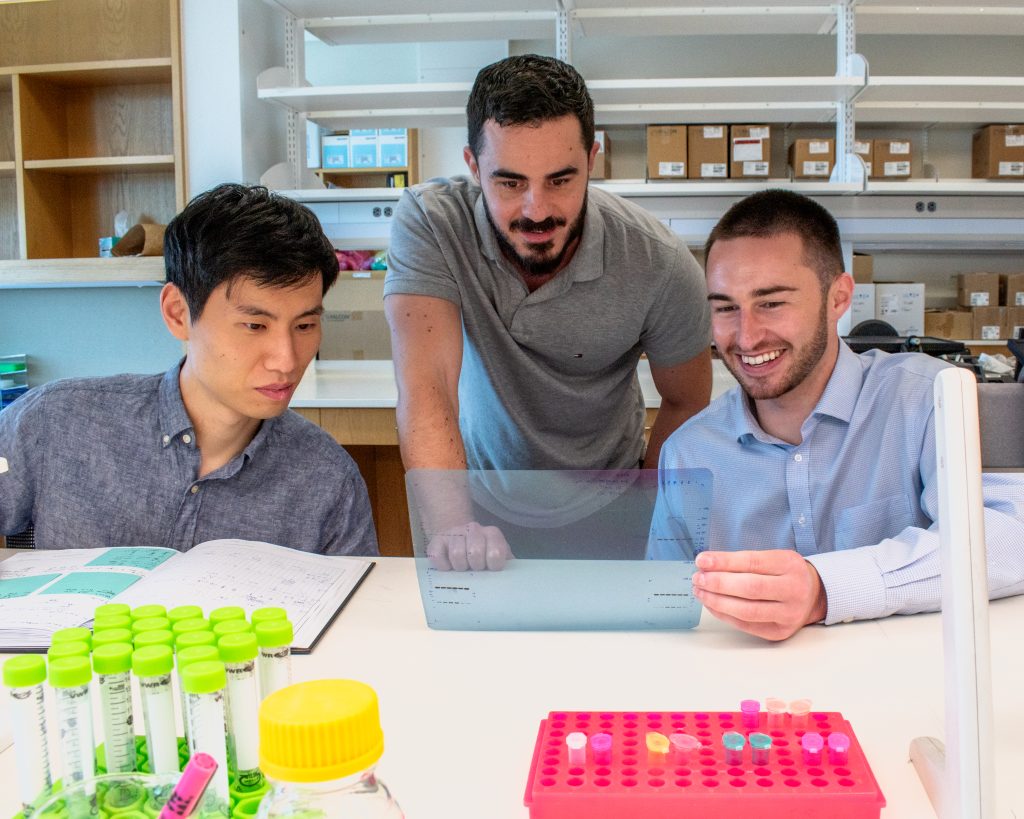Scientists at the Children’s Medical Center Research Institute at UT Southwestern (CRI) have developed a groundbreaking method to study ischemic stroke.
Characterized by a blockage of an artery that supplies blood to the brain, ischemic stroke is one of the most common types of stroke. Of the 795,000 people who experience a stroke in the U.S., nearly 87 percent have accompanying ischemia. Although the effect of ischemic stroke on public health is significant, an inability to reproduce this type of stroke in animal studies efficiently, especially for in vivo imaging studies, hinders research into the mechanism of ischemic injury and repair.
However, scientists led by Dr. Woo-Ping Ge in collaboration with Dr. Bianxiao Cui’s lab in the Department of Chemistry at Stanford University have developed a new method to induce stroke in mice known as SIMPLE (Stroke Induced with Magnetic Particles). The SIMPLE method allows researchers to precisely induce focal ischemia using magnetic particles (MPs) within the microvessels. Scientists can apply SIMPLE to induce reversible focal ischemia in mice at any postnatal age, especially perinatal and neonatal mice, which is an advantage of this technique compared to conventional approaches.
 Scientists can also use SIMPLE in awake or freely moving animals without anesthesia or surgery of the skull or large arteries. Conventional strategies require animals to remain under anesthesia or undergo a thinned-skull or open-skull procedure, which may contribute to secondary injury.
Scientists can also use SIMPLE in awake or freely moving animals without anesthesia or surgery of the skull or large arteries. Conventional strategies require animals to remain under anesthesia or undergo a thinned-skull or open-skull procedure, which may contribute to secondary injury.
Dr. Ge hopes the SIMPLE method will provide neuroscientists and cardiovascular researchers with a powerful tool to study the mechanics of tissue injury and repair. This is a vital step toward the development of new therapeutic approaches for the treatment of ischemic stroke.
The study is available in Nature Methods.



